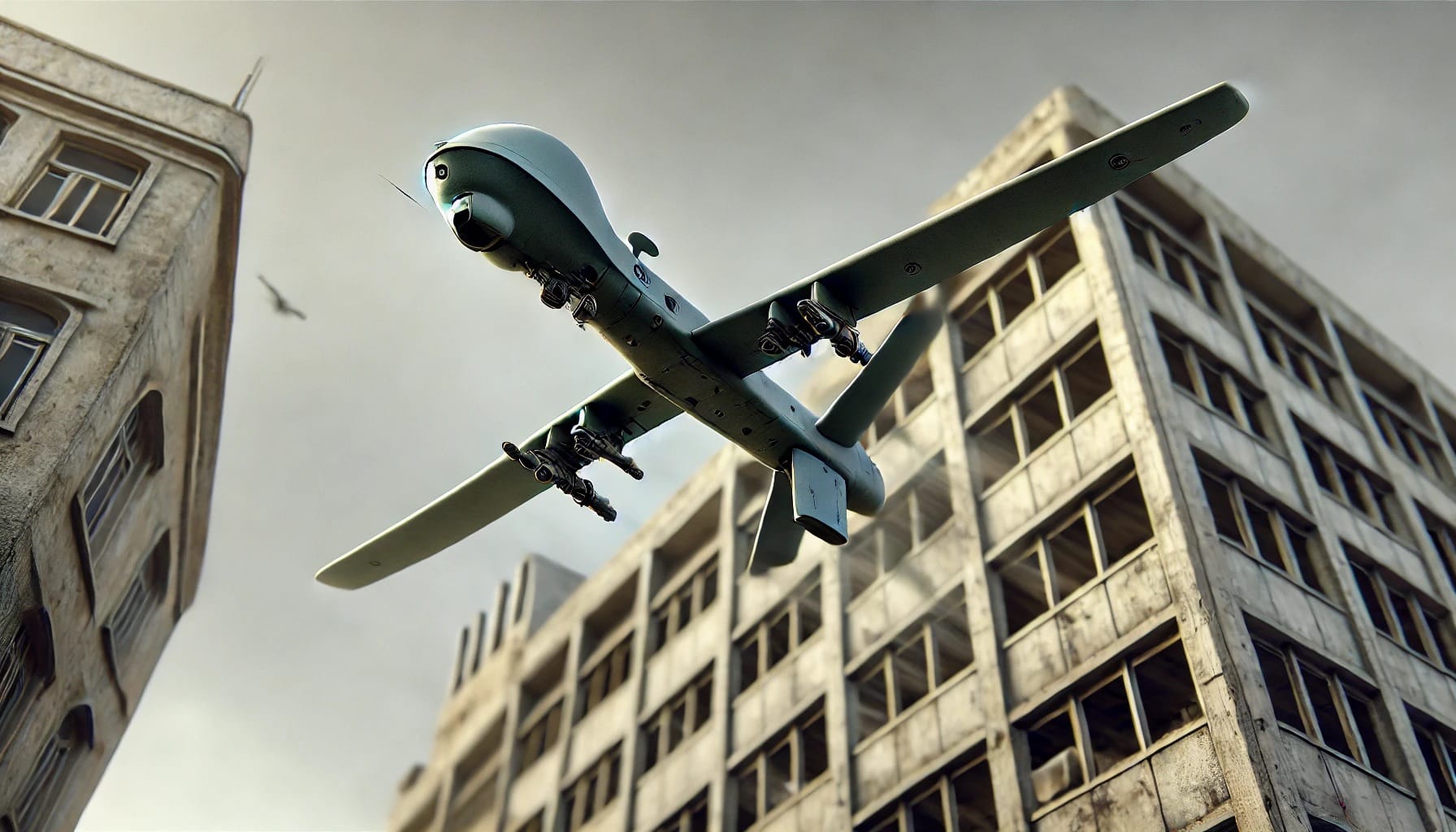
Wars of extreme convenience
The easier war gets, the more wars we'll see.
Necessity is the mother of invention—and never more so than in wartime.
Countries at war innovate rapidly to gain a technological edge over their opponents. That's been true in every major conflict: The US Civil War ushered in the first ironclad warships. World War I spurred advances in tanks, fighter planes, submarines, even X-ray machines. World War II gave rise to radar, ballistic missiles, and nuclear weapons. During the Cold War, the US and the Soviet Union avoided open hostilities, but competition between the superpowers led to space flight and the internet.
A test kitchen for human suffering
Russia's invasion of Ukraine is following this pattern. Although we can and should deplore the Kremlin's genocidal imperialism, it's spurring the next wave of technological progress that will transform the world.
Russia has been slow to adopt new tactics. They're mainly relying on a World War I-era strategy of artillery bombardments and human wave assaults. The greatest concession they've made to progress was striking a deal with Iran to copy their Shahed suicide drones, which have quickly become their weapon of choice in terror attacks against Ukrainian civilians and cities.
The Ukrainian defenders adapted quickly in the face of the threat, making good use of Turkish Bayraktar UAVs, American Switchblade suicide drones, and especially cheap FPV drones carrying explosives.
Ukraine isn't solely reliant on foreign imports. It's created its own domestic drone industry, which has yielded an explosion of innovation. They've built the night-flying Baba Yaga bomber drone, Dragon drones that spew incendiary thermite, and naval drones, like the Sea Baby and Magura, that they've used to strike at the Kerch Bridge and Russia's Black Sea Fleet.
Ukraine's use of combat drones has been a force multiplier, compensating for Russia's superiority in manpower and conventional arms. It's given Ukraine the ability to interdict the skies and the seas, despite having neither an air force nor a navy that can equal Russia's. It's allowed for deadly pinpoint strikes, dropping bombs into Russian trenches or through open hatches on tanks and armored vehicles. Last but not least, drone cameras have given the world an up-close-and-personal look at the reality of war, in a level of detail no previous era could have dreamed of.
So far, most drones have been used as kamikaze weapons—essentially, smart artillery shells that can home in on a target—or for reconnaissance to guide artillery strikes. But as the war drags on, they're becoming larger, smarter and more capable. Like the Baba Yaga, they're evolving into weapons platforms in their own right.
The newest iteration of Ukraine's sea-going Magura drones carry anti-aircraft missiles. In a spectacular demonstration of how much the technology has advanced, one of them recently shot down a Russian helicopter. And, coming soon, the next generation of Ukraine's ground-based drones will have grenade launchers and machine guns. They'll be able to fight alongside infantry on the front lines.
Informing the wars of the future
Whatever the outcome of the Russia-Ukraine war, military planners all over the world are taking notes. We can be certain that the wars of the future won't be fought by fighter jets requiring highly trained pilots and whole teams of maintenance crews, or massive warships like floating cities. High-tech, ultra-expensive weapons platforms like the F-35, which cost almost $2 trillion, are already obsolete.
The wars of the future will be fought by swarms of cheap drones. Either piloted remotely or steering themselves with AI, they'll aim to overwhelm defenders and take out critical infrastructure with targeted strikes. Nation-states will respond by deploying drone fleets to patrol their borders and their airspace. They'll seek to detect hostile drones and respond aggressively, like an immune system attacking foreign bacteria.
These wars will also demand different skills from the humans who wage them. War used to demand raw strength and hand-to-hand combat expertise, until firearms made those abilities obsolete. Just the same way, proficiency in video games could soon become a vital military skill, since that experience is most similar to piloting a drone. (You can judge for yourself which nations will benefit from this.)
Instead of camouflage-clad soldiers crawling through mud, the boot camps of the future will be long rows of cubicles where recruits sit bathed in the light of screens, learning to operate keyboard, mouse and joystick.
As wars become the domain of robots, the tech industry will be a vital factor. Just as they've transformed so many other industries, tech companies will become mainstays of national defense. Rather than iron mines or factories churning out tanks, the strategic resources of the future will be STEM colleges and plants that fabricate computer chips (which sheds light on why China has cast a covetous gaze toward Taiwan).
We can be glad that drones have aided democratic Ukraine to hold off Russia's autocratic invasion. But there's also reason to fear that drone technology will lead directly to more wars and more violence in the future.
Shedding your citizens' blood is a costly, politically unpopular proposition. But if countries can wage war with robots, without putting their own people's lives at risk, then leaders may be more willing to declare war even when they don't have to. The low cost and precision of drones means that they can also be used by domestic and foreign terrorist groups, as well as by nation-states. It's not an uplifting scenario to contemplate, but this is a genie that's already out of the bottle.
